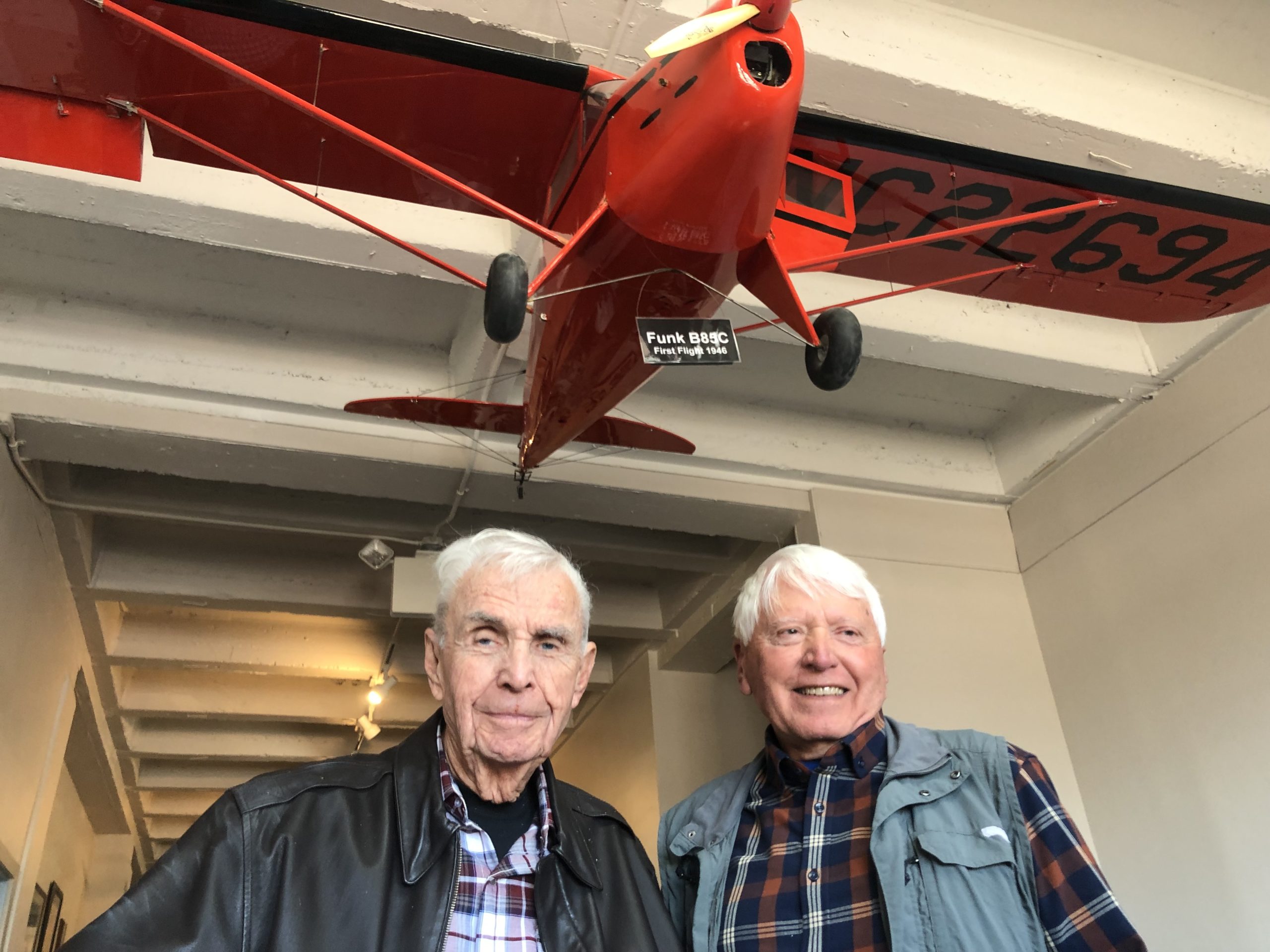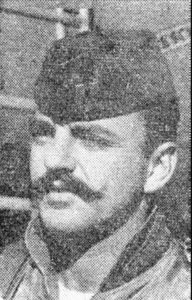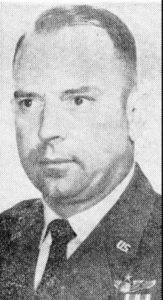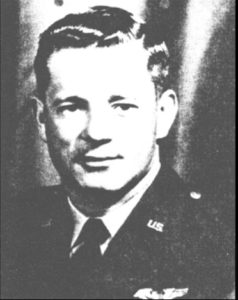McConnell Air Force Base has served many missions through the decades, from training bomber crews and maintaining intercontinental ballistic missiles to its current focus on air refueling and military intelligence.
No task proved more perilous to the pilots stationed there than its stint as a home to fighter squadrons during the Vietnam War.
“It was a period of distress at McConnell,” said Ed Sykes, who flew 118 missions in southeast Asia. “There were a lot of guys getting shot down, and their wives were back here with their kids at McConnell. It was not a pretty sight.”
Sykes recalled the period during a talk last month at the Kansas Aviation Museum, focusing particularly on a failed 1965 operation known as Spring High, which was part of a larger, multiyear bombing campaign known as Operation Rolling Thunder. President Johnson authorized Rolling Thunder in the ultimately unsuccessful attempt to keep Communism from spreading to South Vietnam.
The Air Force had located fighter squadrons at McConnell several years earlier. As part of Rolling Thunder, they were sent to bases in Thailand.
“Squadrons would take turns going over there,” Sykes said. “They all got a shot at it. None of them wanted it. They all got shot at, too.”
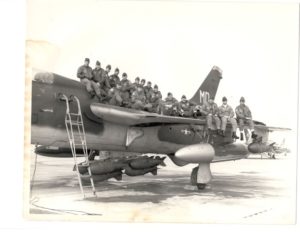
Ed Sykes and other McConnell airmen finished their F-105 flight class in November 1968. Two months later, they were in Southeast Asia.
A trap is set
In July 1965, as U.S. planes bombed a munitions factory near Hanoi, the North Vietnamese for the first time used a sophisticated, Soviet-made surface-to-air missile (SAM) to destroy one of the bombers. The SAMs were capable of downing bombers at previously safe altitudes. Operation Spring High, launched on July 27, 1965, was designed to take out two SAM sites that had fired on the U.S. bombers — the first such mission ever attempted by the Air Force.
Of the 48 F-105 Thunderfchief bombers sent against the SAM sites that day, half were piloted by airmen from McConnell. Because of the distance from Thailand, the bombers were refueled in air before crossing Laos to reach North Vietnam. As the jets neared their targets, traveling some 500 miles per hour, they dropped down from 17,000 feet to 50 feet in an attempt to avoid anti-aircraft fire, pulling up “rooster tails” of water from the rice paddies below.
The bombers dropped their ordnance — a mix of bombs, rockets and napalm — inflicting horrific damage below. But the North Vietnamese, far from being surprised by the retalitory attack, had anticipated it. They had moved out the surface-to-air missiles — replacing them with dummies made of bamboo — and brought in more than a hundred anti-aircraft guns, which wreaked havoc on the attackers.
The first jet shot down was piloted by McConnell airman Capt. Walter Kosko, who ejected into a river and is believed to have drowned.
McConnell airman Capt. Kile Berg and Robert Purcell, who’d been based in the Pacific, survived being shot down but were both captured and spent more than seven years as POWs. Another Pacific airman, Capt. Frank J. Tull, bailed out, managed to evade North Vietnamese militia and was rescued by helicopter.
Capt. Bill “Black Bart” Barthelmas steered his plane back to Thailand after it was struck, but lost control during the emergency landing and collided with another piloted by Major Jack Farr. Both McConnell airmen were killed. Altogether, more than half the jets were hit by North Vietnamese fire.
“It was a bad day for McConnell and a bad day for the U.S. Air Force,” Sykes said.
Wild Weasels
In hindsight, Spring High participants and military analysts agreed the attack was poorly planned. Out of the debacle, though, came measures that eventually helped U.S. forces take out many SAM sites. That December, receivers were installed in F-105s that allowed pilots to pick up radar emissions from SAM site, and the next year brought another innovation, which allowed the bombers to jam radar from the missile sites.
Also important was the development of aircraft specifically designed to take out SAM sites. Known as Wild Weasels, these two-seat jets carried both a pilot and a weapons officer. The crews allowed themselves to be targeted by enemy radar, then traced the radar back to its source so that it could be destroyed.
“These were crazy people,” Sykes joked of the Wild Weasel crews.
Not that the danger to F-105 pilots, most of whom trained at McConnell, was gone.
“The F-105 was the only airplane in Air Force history that was withdrawn from combat because of losses,” said Sykes. “We were running out of airplanes.” According to military records, 382 out of the 833 F-105s built were lost to combat or operational issues.
“It was a really good airplane and it could take a hit, but the threats we had were just unbelievable,” Sykes said. “We were flying into some really bad situations, especially those guys early in the war that were going up north.”
In his talk, Sykes noted that another McConnell airman, Capt. David Hrdlicka, had been shot down over Laos in a F-105 in May 1965. Although Hrdlicka survived the crash and was taken prisoner, he was not returned with other POWs and is presumed by the military to have died in captivity. According to a recent article in the McConnell base website, his wife, Carol, who still lives in Wichita, made trips to Vietnam and the Soviet Union to try to locate her husband.
Sykes said one airman who flew in Operation Spring Hill — Paul Craw — lives in Wichita today but was not able to make
it to the talk.
Sykes was sent to Southeast Asia in 1969 and flew most of his missions over Laos, trying to disrupt the movement of North Vietnamese soldiers and supplies south along the Ho Chi Minh trail. After leaving the Air Force and working as a flight instructor, he spent 20 years with the Kansas Air National Guard, including almost seven years as commander of the 184th Wing. He’s active in the Aviation Museum and counts among his best friends Frank “Frosty” Sheridan, who flew about 100 Wild Weasel missions in Southeast Asia.
“We drink a beer every Friday,” Sykes said.
